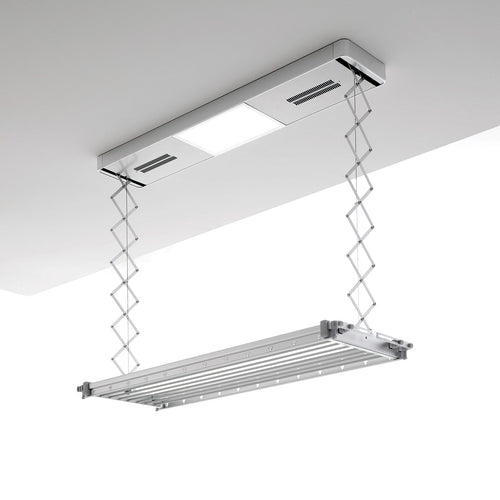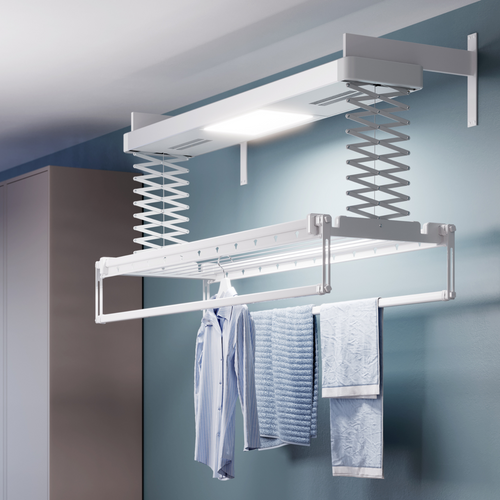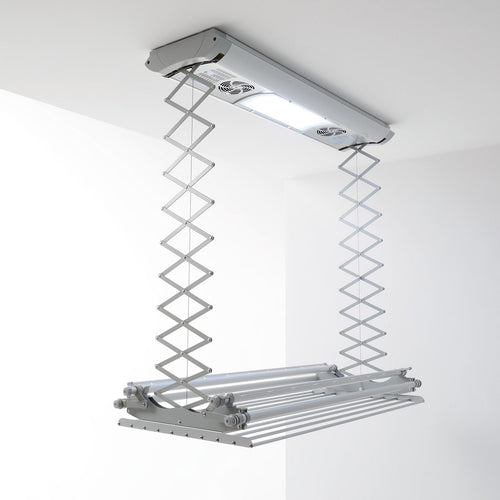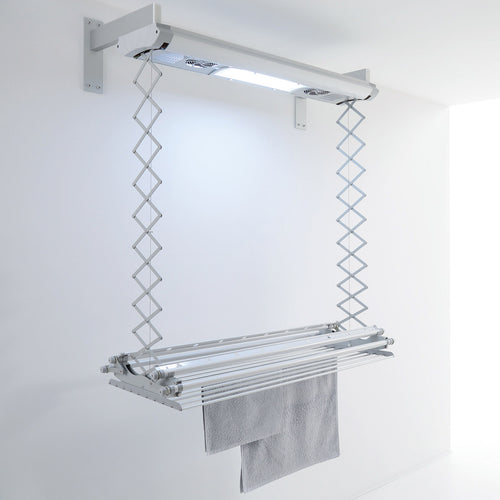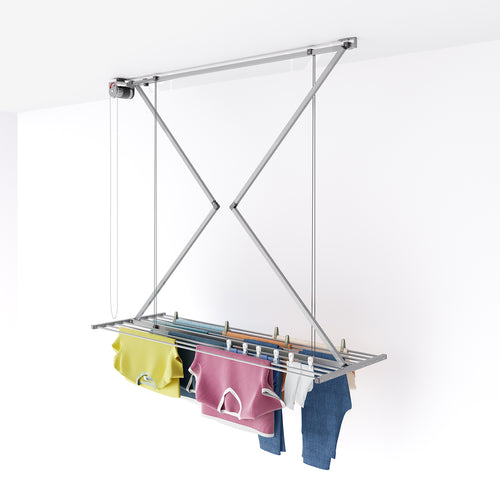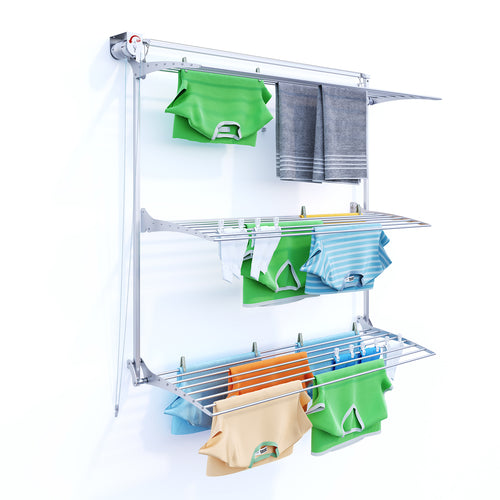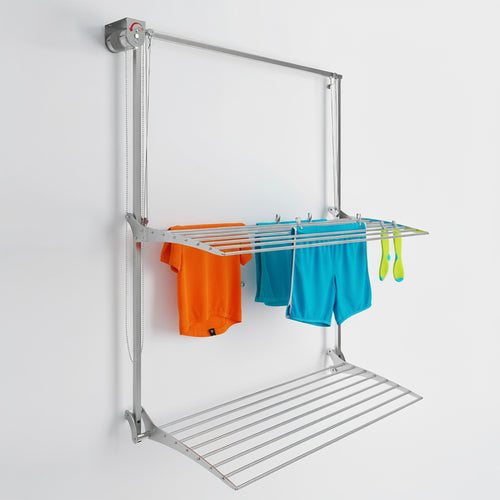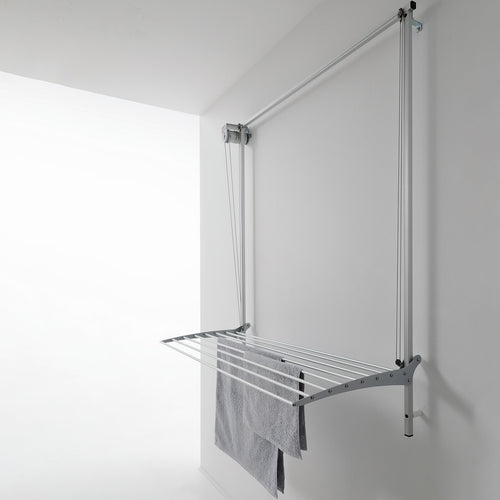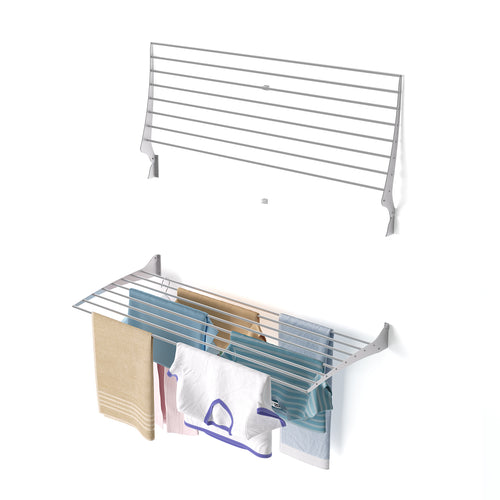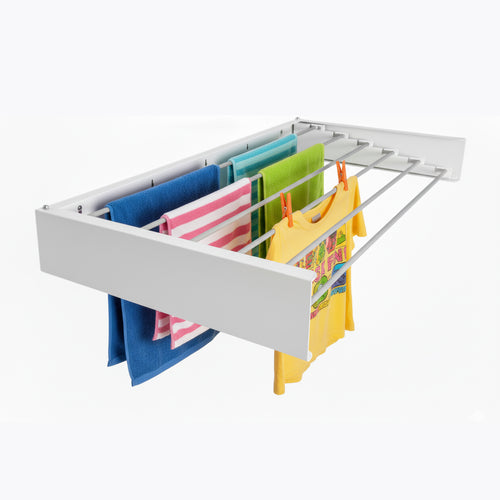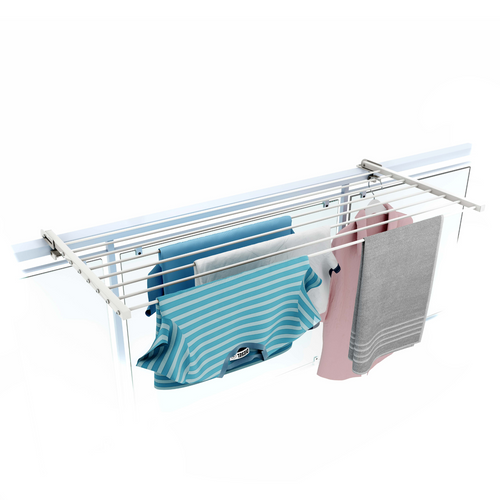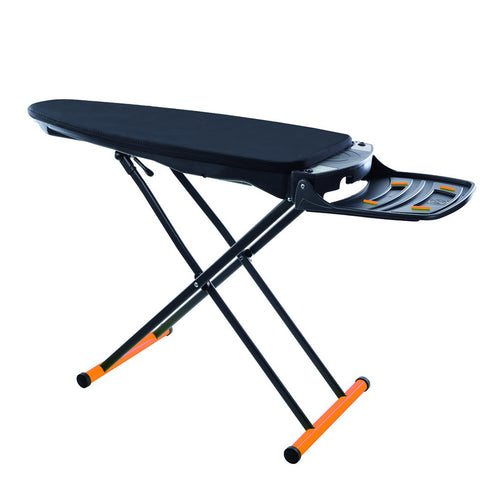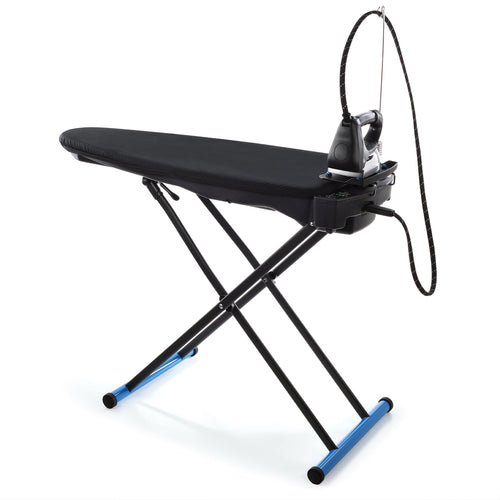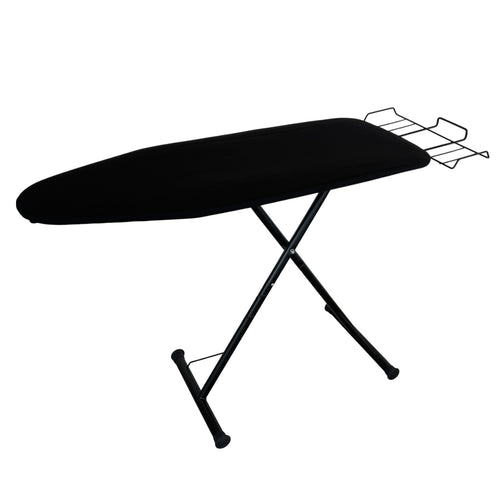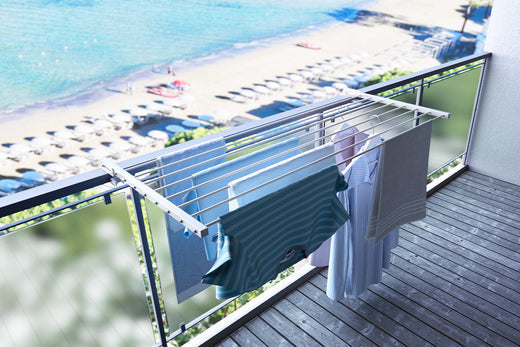An Electric Drying Rack? What It Is and What Foxydry Pro Can Do
What is an electric drying rack? How does it work? Could it be useful for you? What are the options on the market?
Let’s be honest—have you heard of an electric drying rack? Perhaps it sounds familiar, but you’re not exactly sure how it works or how it could benefit you. Let us demystify it and introduce the innovative Foxydry Pro.
Foxydry Pro: A Premium Electric Drying Rack Solution
The Foxydry Pro is a modern, electric drying rack designed to be ceiling- or wall-mounted, helping you reclaim up to 2 square meters of valuable floor space. With a smart lifting system, you can lower the rack up to 180 cm with a remote control, making laundry days easier and more efficient.
Key Features of Foxydry Pro:
- Warm Air Ventilation for Quick Drying: Equipped with built-in fans, the Foxydry Pro allows you to dry your laundry with either room air or warm air, which is especially handy on cold or humid days.
- High Capacity of up to 35 kg: Ideal for multiple loads, heavy fabrics, or larger items like bedsheets and blankets.
- Energy-Efficient LED Lighting: The built-in LED panel provides optimal illumination in your laundry room while saving energy.
- Space-Saving and Flexible: With its ceiling or wall installation, the Foxydry Pro helps keep your room neat and organized by staying out of the way when not in use.
The Pros and Cons of Traditional Electric Drying Racks Compared to Foxydry Pro
Traditional electric drying racks, such as the X-shaped rack or balloon dryer, often come with heated rods to speed up drying. However, they do have limitations:
Advantages of Traditional Models:
- Faster drying compared to standard racks.
- Foldable and portable.
Disadvantages of Traditional Models:
- Takes up floor space when in use.
- Increased risk of wrinkles and fabric overdrying.
- Limited capacity and high energy usage, especially for heated models.
With the Foxydry Pro, however, you get a solution that goes well beyond traditional drying options. Its warm air ventilation system and ceiling-mount design offer high efficiency with minimal floor space impact.
Why Foxydry Pro Is the Perfect Choice
Thanks to its innovative features and the option for ceiling or wall installation, the Foxydry Pro is both space-saving and high-performance. This drying rack’s full potential shines in urban apartments or spaces with limited room for laundry.
- Energy Efficiency: The Foxydry Pro consumes significantly less power than other electric drying solutions, with a maximum usage of 750W—similar to a hairdryer.
- Flexible and Versatile: Its extendable rods allow you to hang large textiles wrinkle-free.
- Safety and Ease of Use: Equipped with safety sensors, the rack automatically stops when encountering obstacles, making it a reliable addition to your daily routine.
Foxydry Pro User Experiences
Customer reviews reveal that the Foxydry Pro transforms indoor drying. Users appreciate the space-saving design, modern look, and easy remote-control operation. Made from durable materials like aluminum and stainless steel, it’s a worthwhile investment for the long term.
Conclusion: Foxydry Pro – Your Space-Saving Electric Drying Solution
The Foxydry Pro is the ideal choice for anyone seeking a space-efficient and weather-independent way to dry laundry. With its integrated ventilation, high capacity, and sleek design, it fits perfectly in any home. Discover how the Foxydry Pro can simplify laundry day and give you back more space and comfort at home.
Explore the Foxydry Pro and order now!
